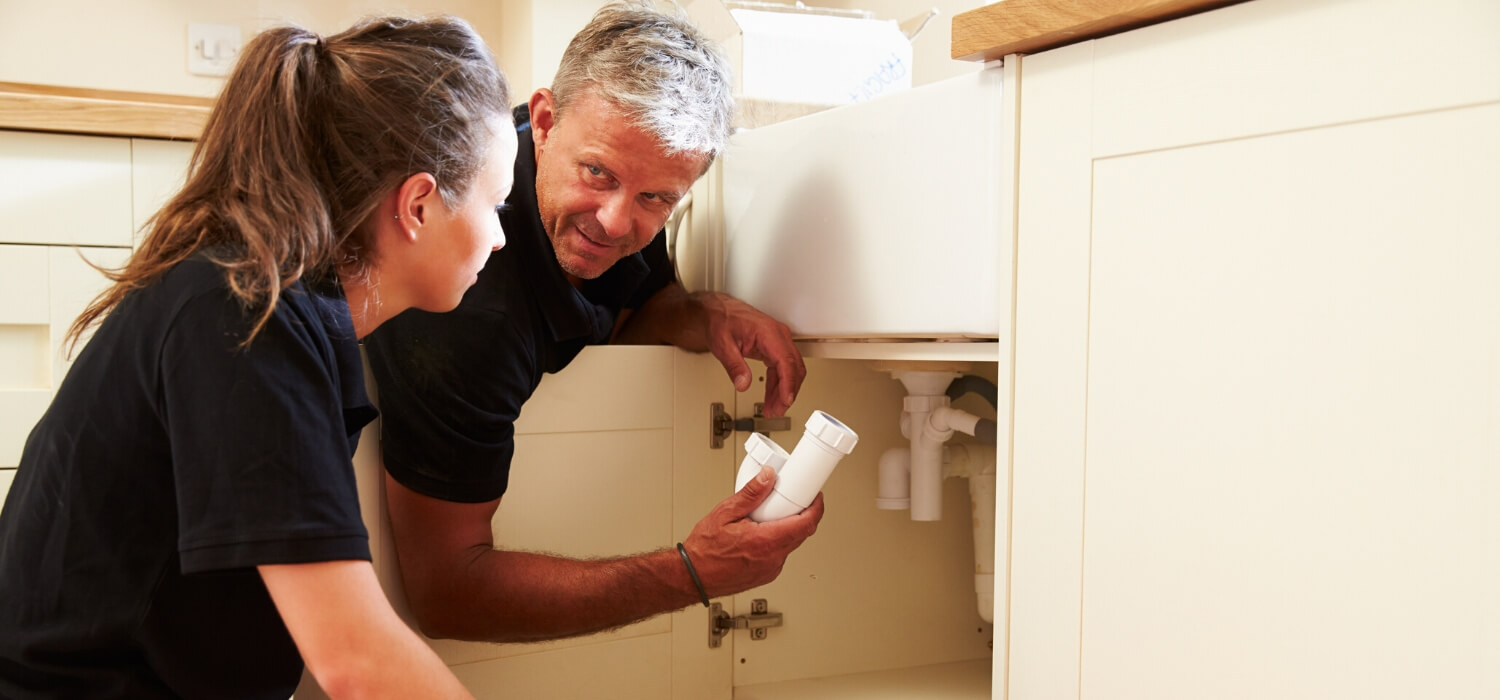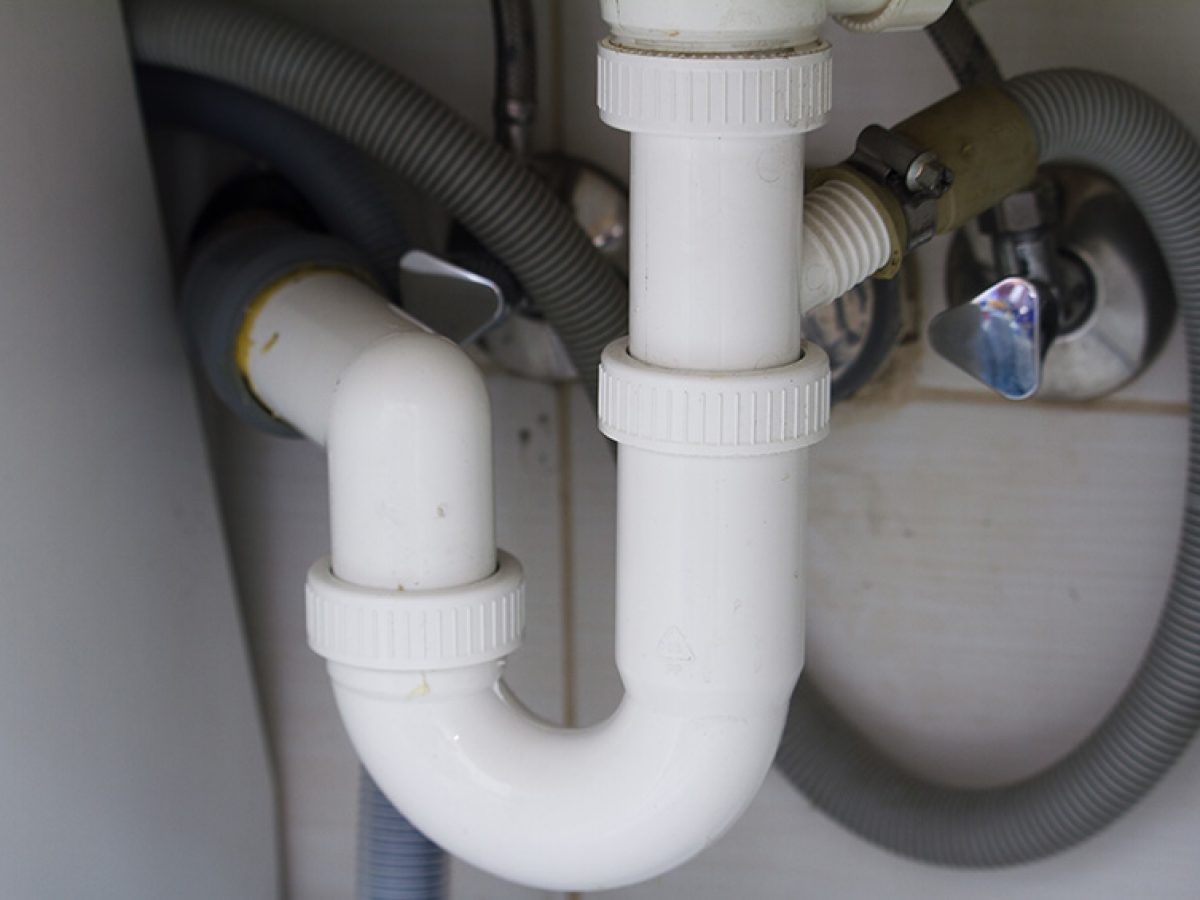What are your thoughts on Exploring Your Homes Plumbing Anatomy?

Understanding how your home's plumbing system works is necessary for every single home owner. From delivering clean water for drinking, cooking, and bathing to safely eliminating wastewater, a well-maintained pipes system is important for your household's health and wellness and convenience. In this thorough guide, we'll check out the elaborate network that comprises your home's plumbing and offer suggestions on maintenance, upgrades, and handling common issues.
Introduction
Your home's plumbing system is more than just a network of pipes; it's a complex system that ensures you have access to tidy water and reliable wastewater removal. Understanding its components and how they work together can help you avoid costly repair services and make certain whatever runs smoothly.
Basic Elements of a Pipes System
Pipelines and Tubing
At the heart of your plumbing system are the pipelines and tubing that lug water throughout your home. These can be made from various materials such as copper, PVC, or PEX, each with its benefits in terms of sturdiness and cost-effectiveness.
Fixtures: Sinks, Toilets, Showers, and so on.
Fixtures like sinks, commodes, showers, and tubs are where water is made use of in your home. Recognizing exactly how these components link to the pipes system aids in identifying troubles and preparing upgrades.
Shutoffs and Shut-off Factors
Valves regulate the flow of water in your pipes system. Shut-off valves are vital during emergency situations or when you require to make repair work, enabling you to isolate parts of the system without interrupting water flow to the whole house.
Water Supply System
Key Water Line
The major water line links your home to the municipal water system or a private well. It's where water enters your home and is dispersed to different fixtures.
Water Meter and Stress Regulator
The water meter actions your water usage, while a pressure regulatory authority makes sure that water flows at a secure pressure throughout your home's plumbing system, stopping damage to pipelines and fixtures.
Cold Water vs. Warm water Lines
Understanding the difference between cold water lines, which provide water directly from the primary, and warm water lines, which lug heated water from the hot water heater, assists in repairing and preparing for upgrades.
Drain System
Drain Pipes Pipeline and Traps
Drain pipelines carry wastewater far from sinks, showers, and toilets to the drain or sewage-disposal tank. Catches avoid sewage system gases from entering your home and also catch debris that might create obstructions.
Ventilation Pipelines
Air flow pipes enable air right into the drainage system, stopping suction that can reduce drainage and trigger catches to empty. Appropriate air flow is important for maintaining the stability of your pipes system.
Importance of Appropriate Water Drainage
Ensuring proper drainage protects against backups and water damages. Consistently cleansing drains and maintaining traps can avoid expensive fixings and expand the life of your plumbing system.
Water Heating Unit
Types of Water Heaters
Hot water heater can be tankless or typical tank-style. Tankless heating systems heat water as needed, while containers store heated water for immediate usage.
Upgrading Your Plumbing System
Reasons for Upgrading
Upgrading to water-efficient fixtures or replacing old pipelines can enhance water top quality, lower water costs, and boost the worth of your home.
Modern Pipes Technologies and Their Advantages
Discover modern technologies like smart leak detectors, water-saving toilets, and energy-efficient hot water heater that can conserve money and reduce ecological influence.
Expense Factors To Consider and ROI
Determine the in advance costs versus lasting cost savings when thinking about plumbing upgrades. Numerous upgrades pay for themselves via minimized utility costs and less repair work.
Just How Water Heaters Link to the Plumbing System
Comprehending how hot water heater link to both the cold water supply and hot water circulation lines helps in detecting issues like not enough warm water or leaks.
Upkeep Tips for Water Heaters
Frequently purging your water heater to get rid of sediment, inspecting the temperature setups, and inspecting for leakages can extend its life-span and enhance energy efficiency.
Typical Plumbing Problems
Leaks and Their Reasons
Leakages can happen because of maturing pipes, loosened fittings, or high water stress. Dealing with leakages promptly stops water damages and mold development.
Clogs and Obstructions
Obstructions in drains pipes and toilets are commonly caused by purging non-flushable things or a buildup of oil and hair. Using drain screens and bearing in mind what goes down your drains pipes can protect against blockages.
Indicators of Plumbing Issues to Watch For
Low tide stress, slow drains, foul odors, or uncommonly high water costs are signs of prospective pipes issues that need to be dealt with immediately.
Pipes Maintenance Tips
Routine Assessments and Checks
Set up yearly plumbing evaluations to capture concerns early. Look for signs of leaks, deterioration, or mineral build-up in taps and showerheads.
Do It Yourself Maintenance Tasks
Easy tasks like cleansing tap aerators, checking for commode leaks utilizing color tablets, or protecting revealed pipes in chilly environments can avoid major pipes issues.
When to Call an Expert Plumbing Professional
Know when a plumbing concern requires expert experience. Attempting complicated fixings without proper expertise can result in even more damages and greater fixing costs.
Tips for Decreasing Water Use
Straightforward routines like fixing leaks quickly, taking much shorter showers, and running complete lots of washing and dishes can conserve water and lower your energy costs.
Eco-Friendly Plumbing Options
Think about lasting pipes materials like bamboo for flooring, which is durable and environment-friendly, or recycled glass for countertops.
Emergency Preparedness
Actions to Take Throughout a Pipes Emergency
Know where your shut-off valves are located and just how to switch off the water system in case of a burst pipeline or significant leakage.
Significance of Having Emergency Calls Helpful
Keep contact details for neighborhood plumbing technicians or emergency services conveniently offered for fast feedback throughout a plumbing situation.
Ecological Effect and Conservation
Water-Saving Components and Home Appliances
Setting up low-flow faucets, showerheads, and commodes can substantially decrease water use without giving up performance.
Do It Yourself Emergency Fixes (When Applicable).
Momentary repairs like using air duct tape to spot a leaking pipe or putting a bucket under a trickling tap can minimize damages until a specialist plumbing technician arrives.
Final thought.
Understanding the composition of your home's plumbing system empowers you to keep it efficiently, conserving time and money on repair services. By following normal maintenance regimens and staying educated about contemporary pipes innovations, you can guarantee your plumbing system runs successfully for many years ahead.
Exploring Your Homes Plumbing Anatomy
Water Supply System
Main Water Line: This is where water enters your home from the municipal supply or a private well. Water Meter: Typically located near where the main water line enters the property, it measures the amount of water used. Shutoff Valve: It s crucial to know where this is in case of emergencies. It allows you to turn off the water supply to the entire house. Pipes and Fittings: These distribute water throughout your home. Materials can include copper, PVC, or PEX. Drain-Waste-Vent (DWV) System
Drains: Located in sinks, showers, and tubs, these carry wastewater away. Traps: U-shaped pipes under sinks that hold standing water, blocking sewer gases from entering the home. Vents: Pipes that lead from the DWV system to the outside, preventing vacuum formation and allowing gases to escape. Sewer Line: Carries all wastewater from the home to the municipal sewer system or a septic tank. Fixtures and Appliances
Sinks, Toilets, and Showers Dishwashers and Washing Machines Water Heaters Maintenance Tips
Regularly check for leaks in exposed pipes and around fixtures. Inspect the water heater annually for signs of wear. Clean drains and traps to prevent clogs and odors. Know how to shut off water to individual fixtures. When to Call a Professional
Major leaks or burst pipes Installation of new pipes or fixtures Septic tank issues Remodeling projects that involve plumbing changes Conclusion
Understanding the anatomy of your home's plumbing is key to maintaining a functional and efficient system. Regular checks and knowing when to call in the experts can save you time, money, and stress.
https://www.mavyn.com/blog/exploring-your-homes-plumbing-anatomy

I have been very interested in Exploring Your Homes Plumbing Anatomy and I really hope you liked the entire entry. Be sure to take a moment to share this entry if you enjoyed reading it. Thank you for being here. Don't forget to come by our blog back soon.
Show Details